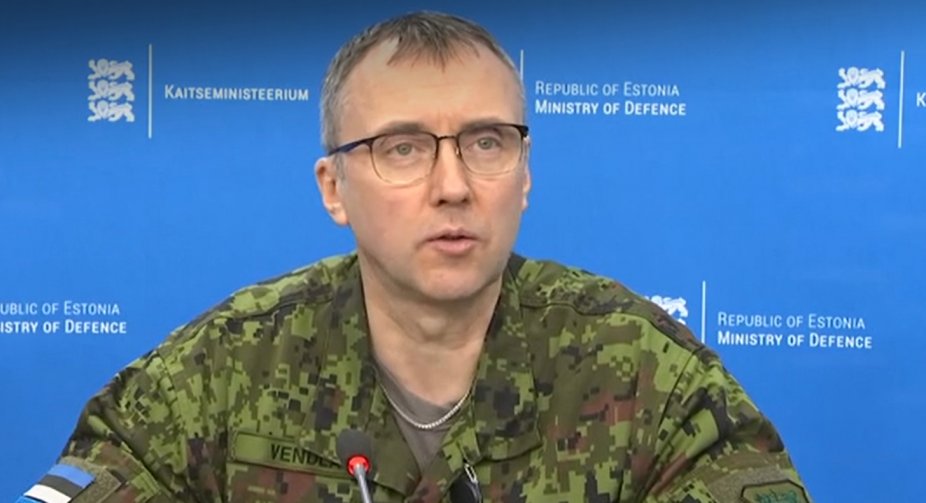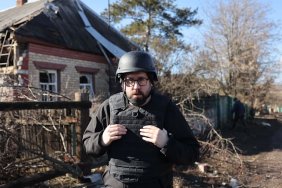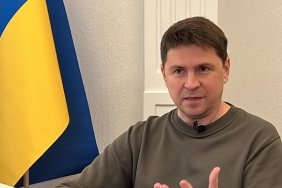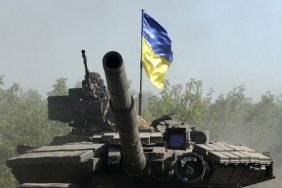The counteroffensive of the Armed Forces of Ukraine may advance before the onset of winter, but success will depend on Russia's moves, which are unpredictable. This opinion was expressed by the Deputy Chief of the General Staff of the Estonian Defense Forces, Colonel Mart Vendla, in the "Ukraina Stuudio" program, ERR informs.
According to a statement from a representative of the Estonian General Staff, the situation on the 1,000-kilometer front line is currently uneven, and the Armed Forces of Ukraine have demonstrated the ability to detect gaps in the defense line, have the ability to use small group tactics, strike accurately and have better intelligence. "They definitely have a chance," Wendla noted.
Speaking about the situation at the front, the representative of the General Staff of Estonia emphasized that the Russian armed forces have significantly strengthened their defenses after their withdrawal from Kherson. "If the rest of the regions have an average of 400 defense objects per district, there were 1400 in the Zaporizhzhia direction. This shows the scale of the depth of the defense structure. So in this sense, the task that Ukraine has to solve is extremely serious," he emphasized .
Wendla also said that Russian defensive measures include various elements, such as ditches, minefields, trenches, artillery positions and reserve zones, which create obstacles for the breakthrough of Ukrainian forces.
Despite the fact that the Ukrainian armed forces have not yet managed to break through the first line of defense, some small successes have already been achieved. "This is done on a very large scale, because Ukraine's goal is to attract attention in different directions. But Russia is also trying to do the same, because it is aware of the importance of the southern direction for Ukraine's strategic goals, and therefore, you can see some Russian activity in the northern direction", to try to constrain forces and prevent the formation of reserves to facilitate a possible breakthrough to the south," Wendla explained.




